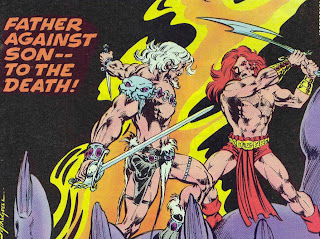You never know what might be found in those ancient mounds doitting the Strange New World and perhaps other worlds, as well. Here are a few suggestions:
- Eight giant (8-9 ft. tall) human-like skeletons in breast-plates and ornaments of a copper-like (but harder) metal. Armor is +1 but half the usual weight.
- 2d10 eggs that will hatch dungeon chickens if incubated.
- A phantasmagoria magic lantern obviously of more recent manufacture than the mound itself.
- Three partially buried skulls inscribed with mystical designs, which upon closer inspection are actually necrophidii.
- The mummified corpses of 1d8 children of both sexes who were killed by ritual strangulation. They will rise as undead mummies on the first night of the new moon after excavation.
- A sarcophagi contain a person in strange, futuristic outfit. If the round, reflective glass helmet is removed it will reveal the apparently dead (but remarkably undecayed) body of one of the PCs at an advanced age.
- A glass pyramid containing a Mantid Warrior-Nun, who is alert and active, but unable to escape.
- A beautiful woman in ancient garb, who appears to be asleep. Approaching close enough to touch the woman (even if not actually doing so) will allow her to take possession of a victim’s body as per the magic jar spell. If successful, the victim’s soul enters a large gem in her regalia.
- And so on... Any suggestions?


























